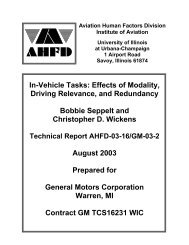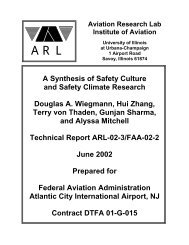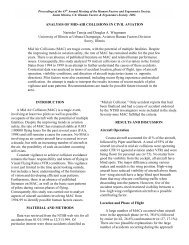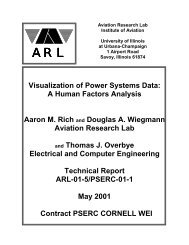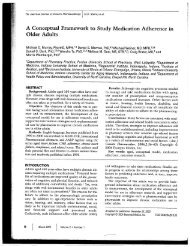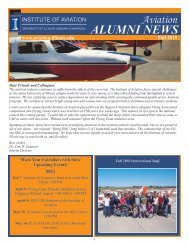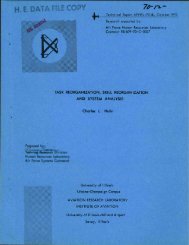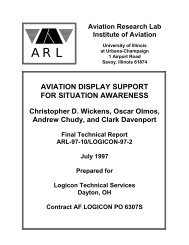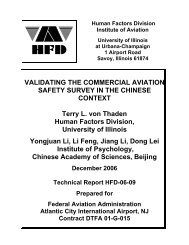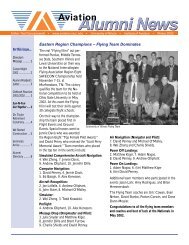Defining and Assessing Safety Culture in High Reliability Systems
Defining and Assessing Safety Culture in High Reliability Systems
Defining and Assessing Safety Culture in High Reliability Systems
You also want an ePaper? Increase the reach of your titles
YUMPU automatically turns print PDFs into web optimized ePapers that Google loves.
Flem<strong>in</strong>g, M. T., Fl<strong>in</strong>, R., Mearns, K., & Gordon, R. (1996). The offshore supervisor’s role<br />
<strong>in</strong> safety management: Law enforcer or risk manager. Paper presented at the Third<br />
International Conference on Health, <strong>Safety</strong> <strong>and</strong> Environment <strong>in</strong> Oil <strong>and</strong> Gas Exploration<br />
<strong>and</strong> Production. New Orleans.<br />
<strong>Safety</strong> professional’s op<strong>in</strong>ions <strong>and</strong> research evidence regard<strong>in</strong>g the role of superiority <strong>in</strong> safety<br />
management were reviewed, suggest<strong>in</strong>g that Superiors play a very important role <strong>in</strong> safety<br />
management. A study designed to exam<strong>in</strong>e the role of the Superior <strong>in</strong> safety <strong>and</strong> to identify best<br />
supervisory practice <strong>in</strong> offshore worksite risk management was presented. The study was carried<br />
out <strong>in</strong> two phases:<br />
(1) hold<strong>in</strong>g discussion groups with workers to establish the key skills <strong>and</strong> behaviors for effective<br />
supervision,<br />
(2) <strong>in</strong>terview<strong>in</strong>g supervisors us<strong>in</strong>g Critical Incident Technique, distribut<strong>in</strong>g a questionnaire to<br />
measure the subord<strong>in</strong>ates’ risk tak<strong>in</strong>g behaviors <strong>and</strong> evaluation of the supervisors.<br />
The Superiors were classified <strong>in</strong>to effective <strong>and</strong> less effective ones accord<strong>in</strong>g the level of risk<br />
tak<strong>in</strong>g behavior of their work groups. The differences between effective Superiors <strong>and</strong> less<br />
effective Superiors were identified. The results showed that the most effective supervisors were<br />
similar: they tended to use a more participative management style. They saw themselves as risk<br />
managers who took a broad perspective <strong>and</strong> used the expertise of all those <strong>in</strong>volved <strong>in</strong> the task to<br />
effectively manage the risks <strong>and</strong> their work force. They emphasized teamwork <strong>and</strong> the expertise<br />
of their work group. They appeared to value their work group <strong>and</strong> the work that they performed.<br />
They seemed to see safety as important <strong>and</strong> major part of their role, as an objective overseer.<br />
They spoke of manag<strong>in</strong>g the risks <strong>and</strong> carry<strong>in</strong>g out risk assessments based on the knowledge<br />
gathered from the workers <strong>in</strong>volved <strong>in</strong> the operation. The poorer supervisors differed from<br />
effective superiors <strong>and</strong> from each other <strong>in</strong> management style.<br />
Fl<strong>in</strong>, R., & Mart<strong>in</strong>, L. (1997). Behavioral markers for CRM. Paper presented at the N<strong>in</strong>th<br />
International Symposium on Aviation Psychology. Columbus, OH.<br />
Crew Resource Management (CRM) was designed to improve social <strong>and</strong> cognitive skills on the<br />
flight deck with the aim of pilots apply<strong>in</strong>g non-technical skills to reduce the risk of accidents<br />
where such psychological factors can play a central or contributory role <strong>in</strong> the causation cha<strong>in</strong>.<br />
Dur<strong>in</strong>g the last two decades, however, CRM has been <strong>in</strong> danger of los<strong>in</strong>g its focus. Refocus<strong>in</strong>g<br />
requires the establishment of a set of behavioral makers. This paper describes a study aimed at<br />
collat<strong>in</strong>g <strong>and</strong> synthesiz<strong>in</strong>g a sample of evidence on CRM behavioral makers <strong>and</strong> their current use<br />
<strong>in</strong> the UK, ma<strong>in</strong>l<strong>and</strong> Europe <strong>and</strong> the USA. The <strong>in</strong>itial stage of this collation data was presented,<br />
<strong>and</strong> a description of items was given. Two aris<strong>in</strong>g issues—item mean<strong>in</strong>g <strong>and</strong> boundaries between<br />
items were discussed.<br />
12




